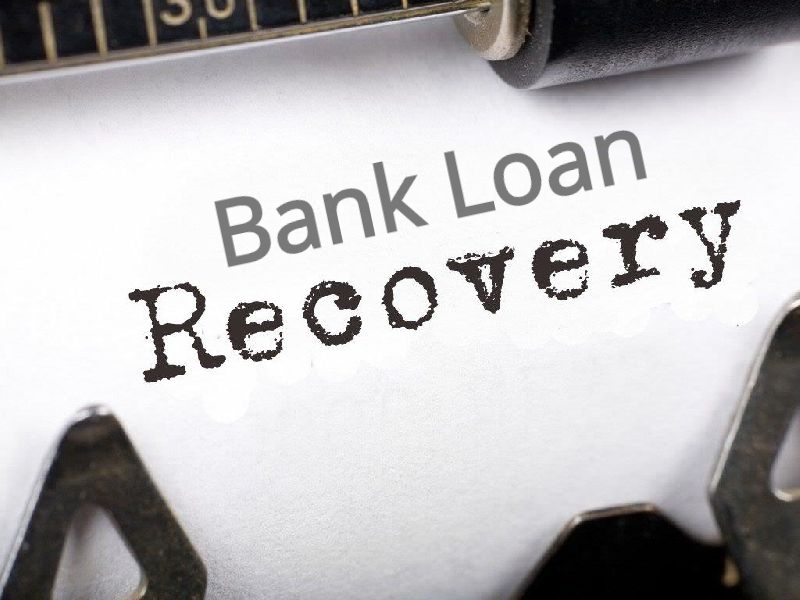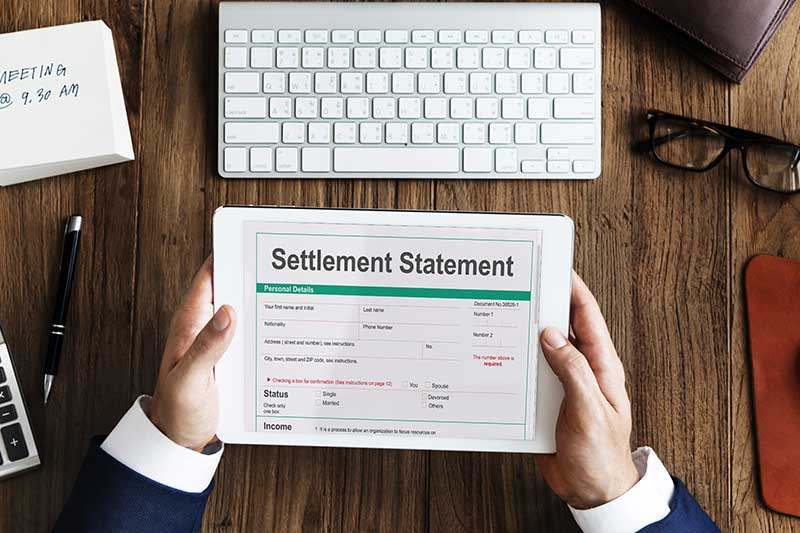Many first-time buyers find it difficult to navigate the home loan settlement process. Understanding each step, from the initial application to the final handshake, is crucial for a smooth transition into homeownership. This comprehensive guide aims to demystify the process, providing you with the knowledge and tools needed to finalise your home loan with confidence. Also, learn more about some debt relief and solutions to get rid off all your debts!

Step 1: Loan Approval
The first step towards homeownership starts with securing loan approval. This process entails providing a comprehensive application to your lender for review. They will evaluate your financial health, credit history, and the property’s worth. Getting approved means the lender is willing to fund your home purchase, subject to agreed terms and conditions, marking the beginning of your home-buying journey.
Step 2: Review Your Loan Estimate
After receiving loan approval, you’ll be provided with a loan estimate. This important document details your loan’s terms, such as interest rates, monthly payments, and the costs due at closing. It’s vital to scrutinise this estimate thoroughly to grasp your mortgage’s financial aspects fully, ensuring you’re well-informed about your future financial commitments.
Step 3: Home Inspection and Appraisal
Before finalising the loan, a home inspection and appraisal are usually required. The inspection assesses the property’s condition, identifying any issues that need addressing. The appraisal, on the other hand, determines the property’s market value, ensuring the loan amount does not exceed the home’s worth.
Step 4: Secure Homeowners Insurance
Lenders mandate that borrowers obtain homeowners insurance, safeguarding both parties against potential property damage or loss. It’s crucial to compare policies to secure one that provides extensive coverage at an affordable price. Shopping around enables you to find the best insurance deal that meets your needs and fulfils lender requirements, ensuring financial protection for your home.
Step 5: Final Loan Approval
After all prerequisites are met, the loan moves to underwriting for final approval. The underwriter reviews all documentation to ensure compliance with lending guidelines. This step may require additional documentation or clarification from you, so staying responsive is key.
Step 6: Closing Disclosure Review
A few days before settlement, you’ll receive a closing disclosure. This document finalises your loan details, including the closing costs you’ll need to pay. Comparing the closing disclosure with the initial loan estimate is essential to ensure no unexpected charges.
Step 7: Preparing for Settlement Day
Preparation for settlement day involves gathering necessary documents, such as your ID and proof of insurance, and ensuring you have the funds ready for closing costs and down payment. Reviewing all paperwork and addressing any last-minute questions with your lender or attorney is also a good opportunity.
Step 8: Settlement Day
On settlement day, you’ll meet with the seller, your lender, and any legal representatives to sign the final paperwork. This includes the mortgage agreement and property transfer documents. Once all parties have signed, the loan funds are released, and you officially become the homeowner.
Step 9: Post-Settlement Responsibilities
After settlement, it’s important to manage your mortgage payments, maintain your property, and keep your homeowners insurance up to date. Staying on top of these responsibilities ensures that your home remains a valuable asset for years to come.
FAQs About Home Loan Settlement Process
1. What is the purpose of the home inspection?
The home inspection aims to assess the property’s condition, identifying any issues that need to be addressed before finalising the purchase.
2. What does the loan estimate document contain?
The loan estimate outlines the terms of your loan, including interest rates, monthly payments, and closing costs. It is important to review this document carefully to understand the financial implications of your mortgage.
3. Why is it necessary to obtain homeowners insurance?
Lenders require borrowers to secure homeowners insurance as a protection for both the borrower and the lender in case of property damage or loss. It is advisable to shop around to find a policy that provides comprehensive coverage at a reasonable rate.






Leave A Comment